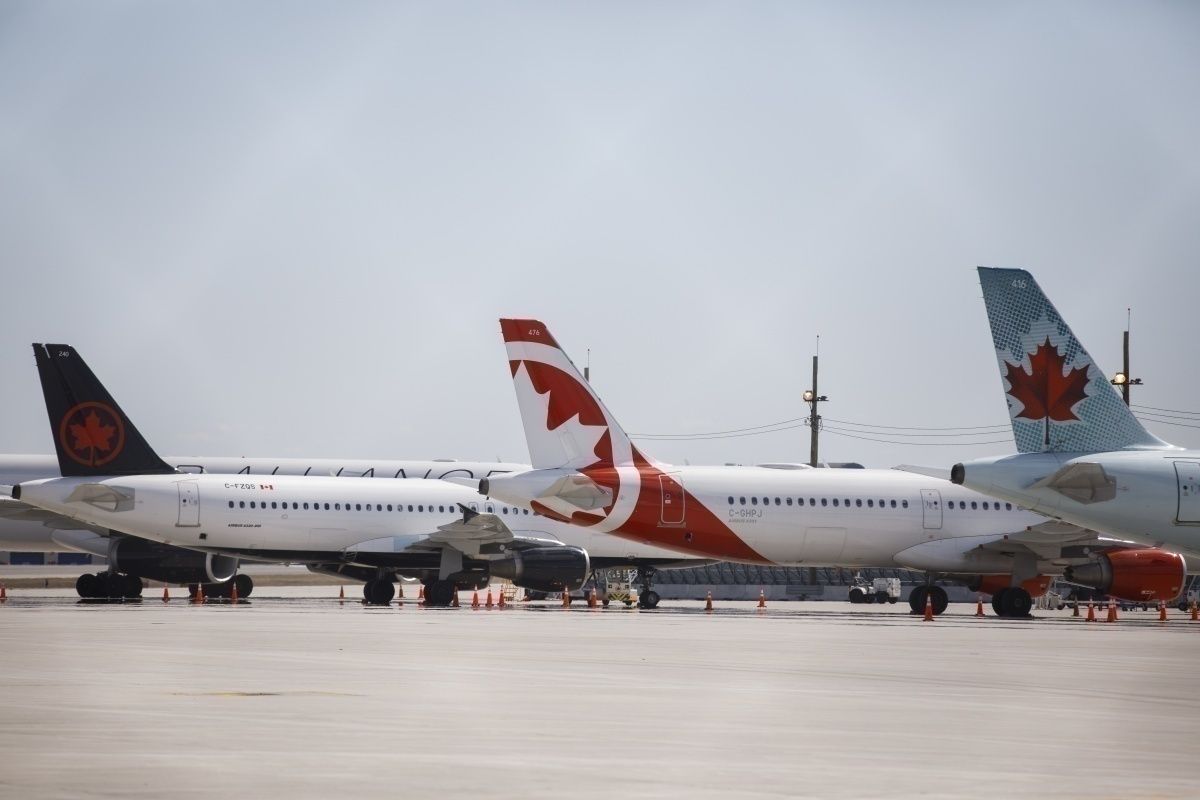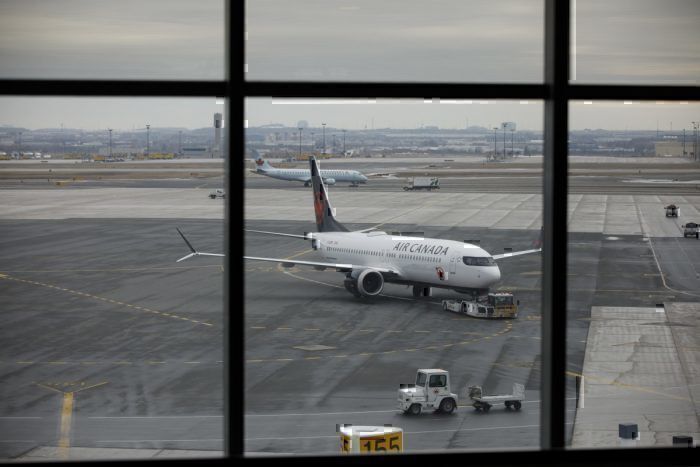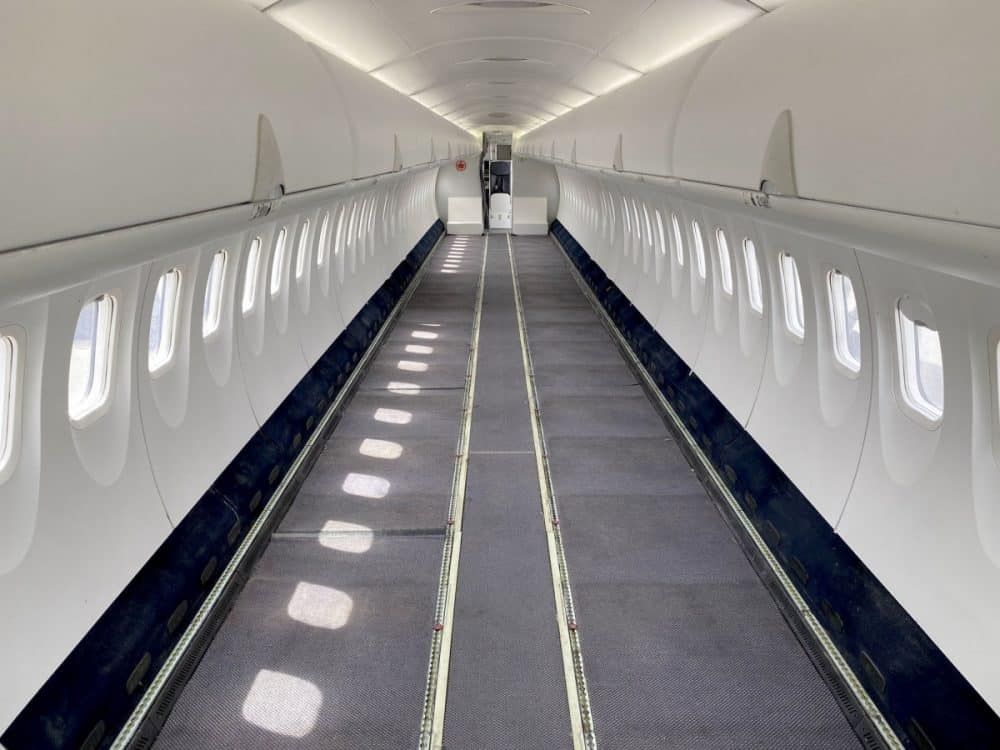Comments made by Air Canada's CEO paint a bleak picture for the Canadian flag carrier. The country's largest airline has not been immune to the damage caused by COVID-19 and global travel restrictions. Leading the carrier, CEO Calin Rovinescu says that we are now living through "the darkest period ever in commercial aviation".
"The past quarter was the first in 27 consecutive quarters that we did not report year-over-year operating revenue growth...We are now living through the darkest period ever in the history of commercial aviation" - Calin Rovinescu, CEO, Air Canada
First-quarter report and comments
The comments were made during the airline's first-quarter earnings report and conference call as CEO Calin Rovinescu reflected on the problematic state in which his company finds itself. Rovinescu says that he expects a minimum of three years to pass before we can see 2019 levels of revenue and service return.
Along with these remarks, Air Canada has announced the following changes as it adapts to this new reality:
- The acceleration of the retirement of 79 planes. This includes Boeing 767s, Airbus A319s, and Embraer 190s.
- Seat capacity reductions will see capacity being cut by between 85-90% in the second quarter, and by 75% in the third quarter.
- Affirmation of the Canadian government's requirement for passengers to wear protective face coverings.
The airline will also continue to dynamically adjust capacity and may take other measures as required to account for passenger demand, health warnings, travel restrictions, and border closures globally.
"We're effectively putting the airline in a state of hibernation, unwinding a decade of international growth … We expect it to take three years for Air Canada to get back to 2019 levels of revenue and service," Rovinescu says.
Air Canada's net loss was reported to be C$1.05 billion ($744 million) for the first quarter.
Continuing with cargo operations
Despite the drop in its passenger traffic, Air Canada has continued with its cargo operations. In fact, more than 500 all-cargo international flights have been completed since March 22nd. There are also further plans to fly up to 150 all-cargo flights per week in the second quarter.
Since we first reported on its conversion of four 777s for cargo, the airline has gone further to adapt to freight transportation:
- Converting four A330s into freighters by removing all passenger seats.
- Using unconverted 787s to carry cargo.
- In coordination with Air Canada Jazz, seats have been removed from a De Havilland Canada Dash 8-400.
No direct government assistance
At this time, there are no specific plans for the Canadian government to provide any financial assistance packages to its airlines in the same way the government of the United States has for its carriers.
This is likely because the government of Canada has provided relief efforts in other ways, which will, directly and indirectly, assist Canadian carriers. These include the CERB (Canadian Emergency Response Benefit) and the Canada Emergency Wage Subsidy (CEWS). The CERB provides money to those who lost their jobs as a result of COVID-19, while the CEWS provides funding to companies that will help to keep employees on their payroll.
Despite the absence of direct government support, it is hard to imagine that the government would allow the airline to fail. The airline connects major Canadian cities as well as small rural communities and is essential for the economy of the nation. Thus, it seems only a matter of time before the nation's largest airline will be back to its former glory.
Do you think we'll see any Canadian airline casualties during this crisis? Let us know in the comments.



